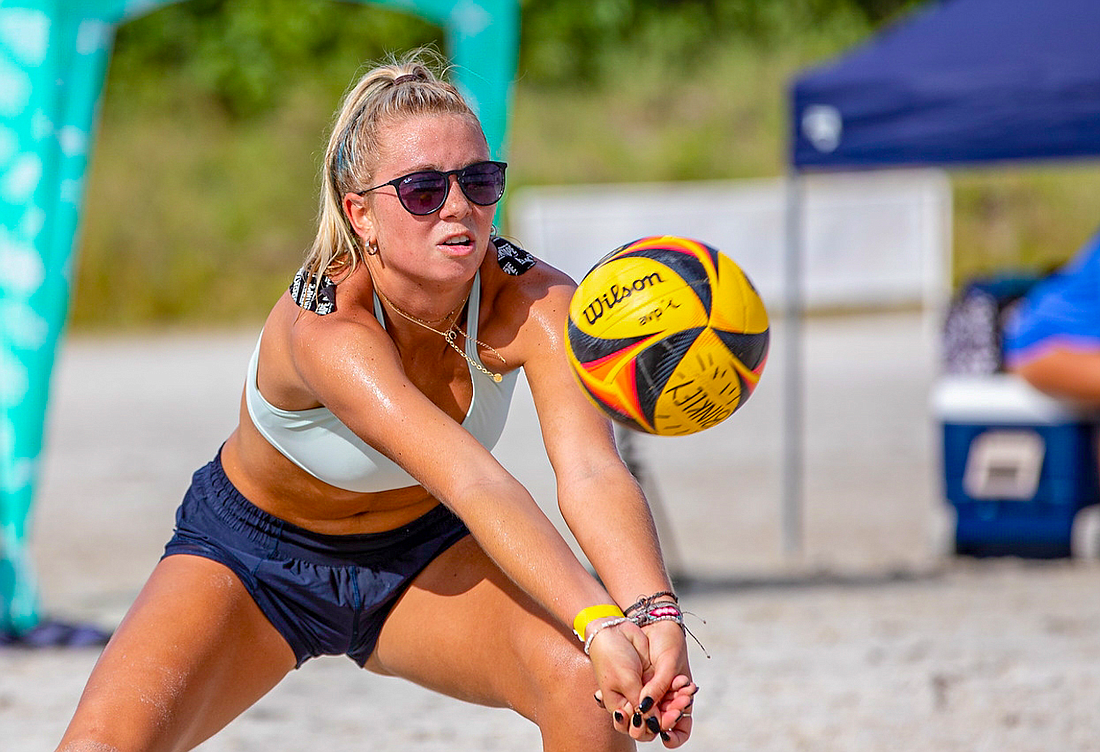- January 14, 2025
-
-
Loading

Loading

A school district equity report shows that although there were some significant strides made in advanced education, there are still areas, such as district hiring and Title IX compliance, that need improvement.
As part of an annual equity report required by the Florida Department of Education, Director of Innovation and Equity Harriet Moore highlighted areas where the district has shown improvement and areas that still need work.
In years previous, the report had been handled by the district’s Human Resources department. However, after Moore began the new administrative role March 1, she led this year’s equity report.
Over the coming months, Moore said she plans to use the detailed equity report to analyze areas that need improvement, even on a small scale, and develop strategies for refinement.
“I think it’s going to provide us great opportunity moving forward to really look at all of our goals and all the measures we’re putting in place to address some of the equity issues in our district,” Moore said. “Every goal that we set up has to be reasonable and attainable. We can’t do this all in a day.”
Advanced learning
One main area of improvement over the last five years is seen in the increase in the number of students participating in advanced classes.
Between 2015 and 2020, the percentage of students taking at least one advanced course — honors, Advanced International Certificate of Education, dual enrollment, International Baccalaureate and advanced placement — rose from 60% to 73%.
After the increase, a greater number of both Black and Hispanic students were enrolled in advanced courses. The number of Black students enrolled in one or more advanced class rose from 31% to 51% and the number of Hispanic students increased from 49% to 69%.
Additionally, the number of enrolled white students rose from 66% to 76%.
Superintendent Brennan Asplen said that although there were great strides made, he still would like to see more students who qualified to be in higher-level classes encouraged to enroll.
“I think there’s quite a few students who aren’t pushed in and do not go into the advanced level classes just because they’re comfortable with what they’re doing,” Asplen said.
Hiring practices
Moore found that there is a district-wide underrepresentation of minority and male employees.
For example, of the 121 principals and assistant principals, eight are Black (down from 10 in 2020), 43 are male (up from 38) and two are Hispanic (remained the same).
Of the 2,833 teachers throughout the district, 83 are Black (up from 80 in 2020), 566 are male (up from 535) and 104 are Hispanic (down from 107).
For comparison, the number of Black teachers represent 2.9% of the teaching staff, while the number of Black students represents 7.9% of the student body. Likewise, the number of Hispanic teachers represents 3.7% of the teaching staff, while the number of Hispanic students represent 20.3% of the student body.
“When I saw our Hispanic representation number, I about fell out of my chair,” Asplen said. “That is such a huge goal that we need to figure out what we’re going to do and figure out good strategies to address it.”
Moore said diverse staffing is a top priority. Staff will explore recruitment from historically Black and Hispanic colleges and universities as well as specific hiring pools.
“We do want to address the disparity and staff demographics,” Moore said. “We are certainly going to be working diligently so we can start to attract some high quality, diverse teachers that represent the demographics of our community.”
Title IX Compliance
Title IX is a federal law seeks to ensure equity in sports programs. One main requirement is that boys and girls have equitable opportunities to play sports.
Currently, no high school in the district is in compliance with Title IX, largely due to the size of the high schools’ football programs. All middle schools are in compliance.
Male athletes total 1,687, or 58.1%, across the district, while females total 1,218, or 41.9% across the district.
The school with the largest discrepancy is Venice High School, reporting 60.1% of athletes male and 39.1% of athletes female.
North Port High School is the only school with a female athlete majority, with 52.1% female and 47.9% male. However, the state rejected its compliance because the school included competitive cheerleading, which is not allowed according to federal calculations.
Removing the female athletes under the competitive cheer calculations, the breakdown is 55.1% male athletes compared to 44.9% female athletes.
The schools submitted individual corrective action plans to address the disparity. For example, both Riverview High and Booker High are considering adding girls beach volleyball.
Last year, Sarasota High added girls lacrosse and hopes to recruit more players in the new year.